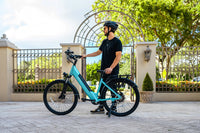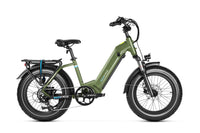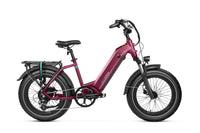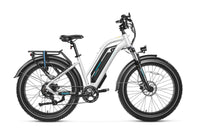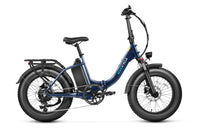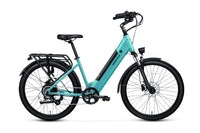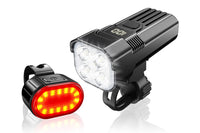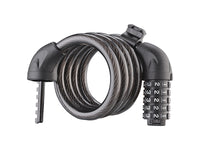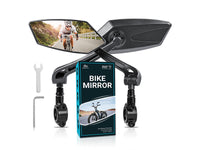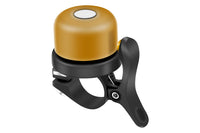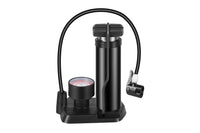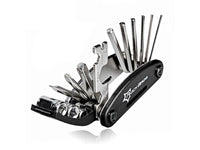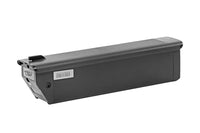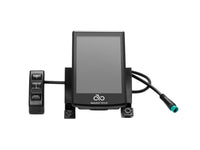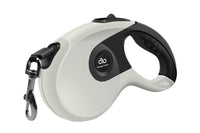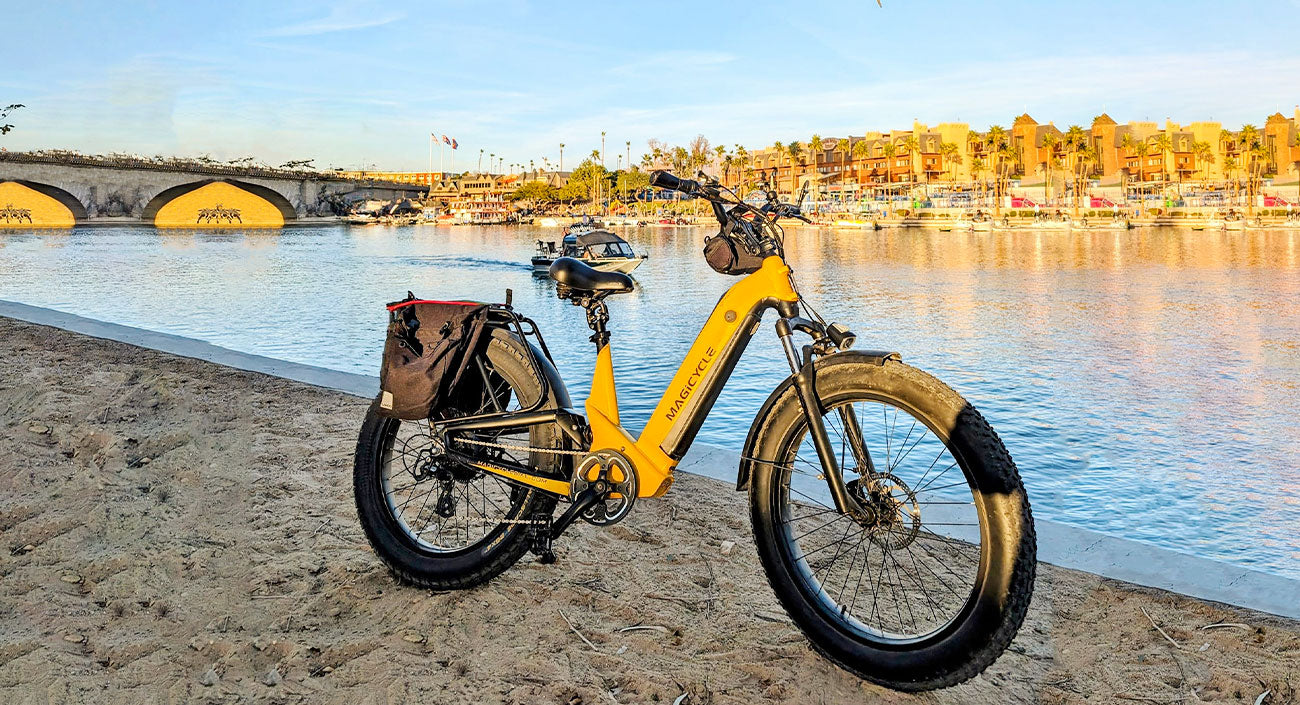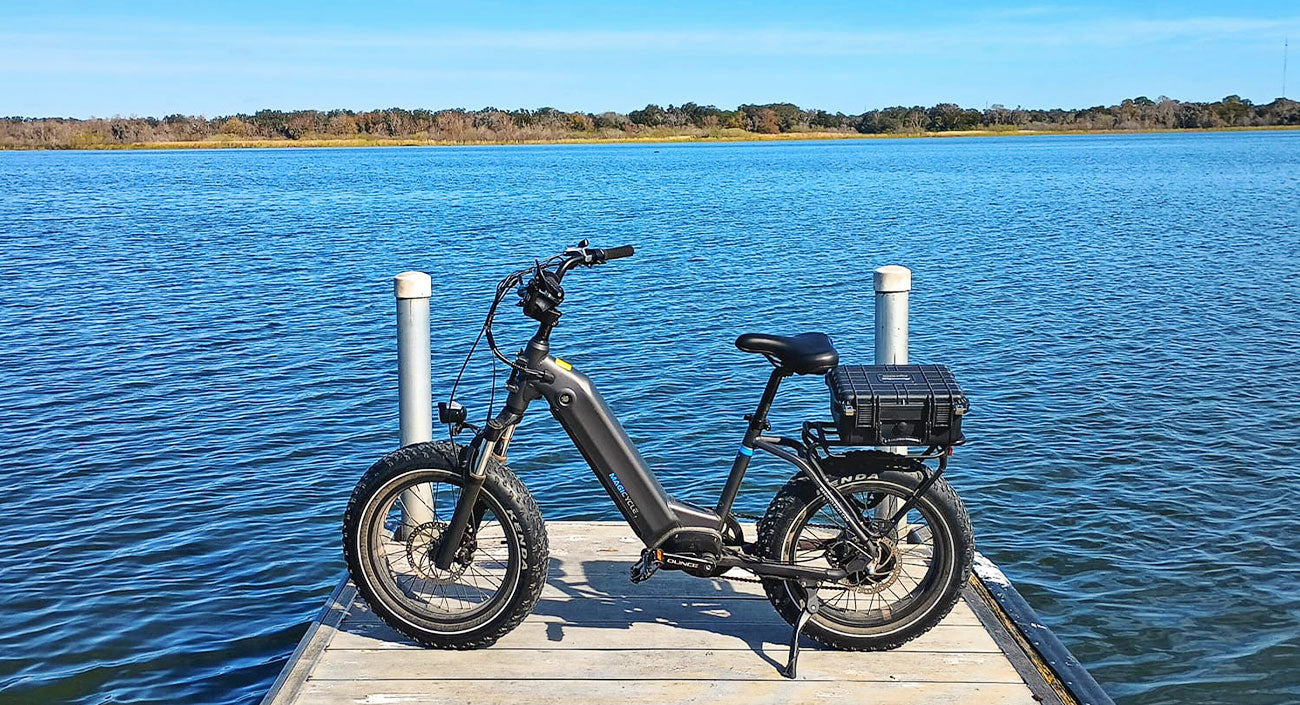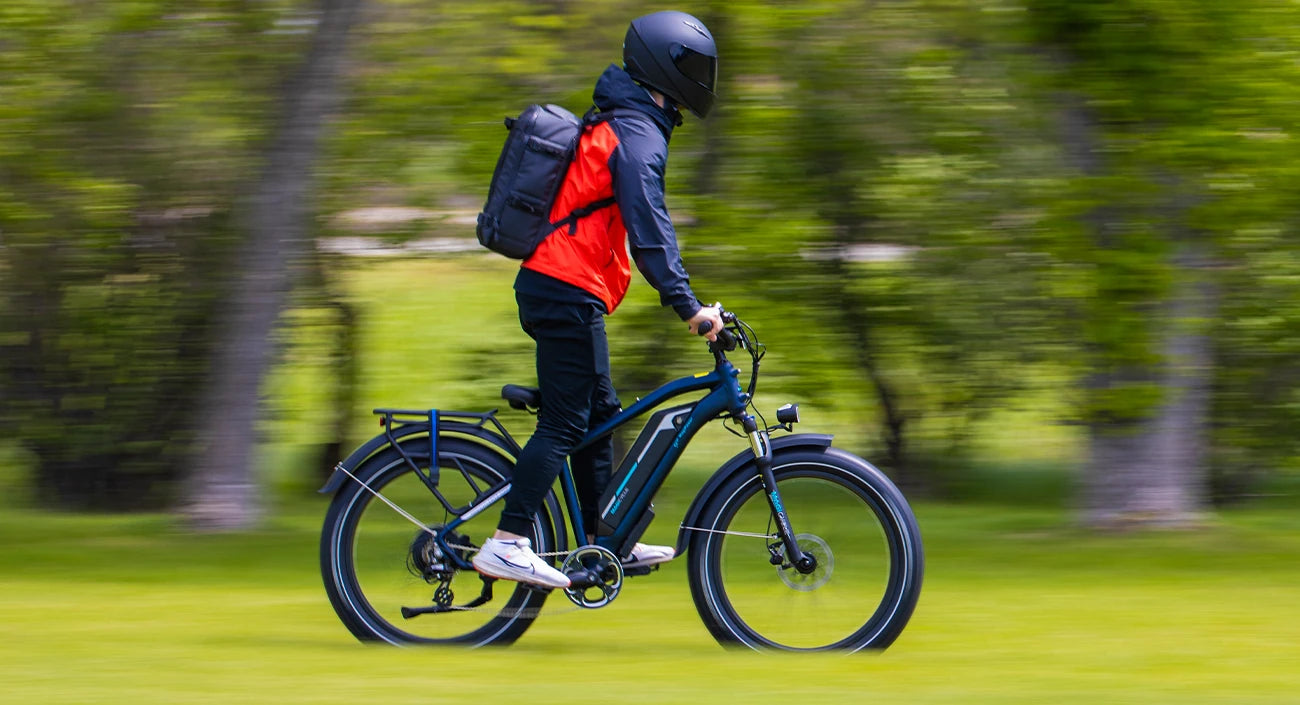 June 30,2024
June 30,2024
 June 30,2024
June 30,2024
Maintain your e-bike's battery for smooth, long-lasting rides. This guide covers essential practices from initial charging techniques to routine upkeep. Whether you're experienced or new to electric bikes, these practical tips will keep your e-bike's powerhouse in top condition, extending your adventures on the road.
Initial Battery Care for New Electric Bikes
When you first bring home a new electric bike, the steps you take to care for your battery can set the tone for its long-term health and efficiency.
First-Time Charging Best Practices
A brand-new electric bike's battery may come partially charged, but before you hit the road, it's crucial to charge it fully according to the manufacturer's instructions. This often means charging it until it reaches 100% without interruption. Resist the temptation to take your bike for a spin if the battery isn't fully charged yet-it's key to establishing a good foundation for battery longevity.
Breaking-in Procedures for New Batteries
Batteries also have a breaking-in period. The first few cycles (the complete charge and discharge of a battery) are pivotal in determining the battery's future capacity. Manufacturers might recommend a specific number of initial cycles to complete before the battery reaches optimal performance. These cycles also help calibrate battery indicators, ensuring accuracy in charge level displays.
Setting Expectations for Battery Life and Performance
It's important to set realistic expectations regarding the life and performance of your electric bike's battery. Factors like riding conditions, storage temperature, and maintenance frequency will all influence the lifespan of your battery. Generally, a well-cared-for lithium-ion battery should last several years or up to a thousand charge cycles before noticeable degradation occurs.
Routine Care and Charging Tips for Electric Bike
To get the most out of your electric bike's battery, establishing a routine for care and charging is as essential as planning your routes. Here are some key tips to ensure your battery remains in peak condition through regular use.
Optimal Charging Habits
- Avoid Complete Discharge: Do not let your battery drain completely. Recharge it when it reaches 20-30% capacity to minimize stress on the cells.
- Partial Charges Are Okay: You can top up your electric bike's battery even if it's not fully depleted; modern lithium-ion batteries don't suffer from a 'memory effect' like older types.
- Use the Right Charger: Only use the charger that comes with your electric bike or the one the manufacturer approves. Incorrect voltage or amperage can harm the battery.
Ideal Charging Conditions and Environment
The environment in which you charge your electric bike can also impact the battery's health:
- Temperature Matters: Charge your battery at room temperature. Extreme cold or heat can reduce the battery's ability to hold a charge and shorten its lifespan.
- Keep It Dry: Moisture is the enemy of electrical components. Charge your battery in a dry area and ensure the charging port and battery contacts are dry before connecting the charger.
Charging Cycle and How It Affects Battery Health
A 'charging cycle' refers to a full charge plus a full discharge. However, partial charges add up to count as complete cycles over time. For instance, two half-charges equate to one cycle. This is important to know because electric bike batteries have a finite number of charging cycles in their lifetime. By managing your charging habits, you can extend the battery's lifespan.

Storage and Usage Guidelines for Electric Bike Batteries
Proper storage and handling are critical to maintaining your electric bike's battery life, especially during periods when you're not using your e-bike regularly.
Long-term Storage Advice
If you're planning not to use your electric bike for an extended period:
- Optimal Charge Level: Store the battery at a 40-50% charge level. A full charge may stress the battery, while a charge that is too low can lead to a deep discharge state.
- Cool and Dry Location: Find a spot that's cool and dry without significant temperature fluctuations. Ideal storage temperatures for electric bike batteries are between 50°F and 77°F (10°C to 25°C).
- Recharge Periodically: Even in storage, your battery will slowly lose charge. Recharge it to the optimal level every few months to keep it from falling into deep discharge.
Maintaining Battery Health During Regular Use
When using your electric bike frequently:
- Monitor Charge Levels: As mentioned earlier, avoid letting the charge drop too low before recharging.
- Avoid Extreme Temperatures: Don't leave your electric bike under direct sunlight or in freezing conditions for extended periods, as extreme temperatures can degrade the battery cells.
Temperature Considerations for Electric Bike Storage
Temperature impacts battery performance more than any other environmental factor.
- Heat Exposure: High temperatures can lead to capacity loss and shorten the battery's lifespan.
- Cold Conditions: In cold climates, it's best to let the battery warm up to room temperature before charging or using your electric bike for improved performance.
Cleaning and Maintenance Procedures of Electric Bike's Battery
Regular inspections and a proactive approach to maintenance can prevent minor issues from developing into major problems.
Safe Cleaning Methods
- Disconnect Before Cleaning: Always remove the battery from the electric bike before starting any cleaning process.
- Use Appropriate Materials: Clean the battery casing with a dry or slightly damp cloth. Avoid using harsh chemicals or water jets that could seep into the battery cells.
- Dry Thoroughly: If you've used a damp cloth, ensure the battery is completely dry before reattaching it to your electric bike.
Regular Inspection and Maintenance Checkpoints
To catch potential issues early, incorporate these checks into your routine:
- Inspect for Damage: Look for cracks, dents, or other signs of physical damage on the battery casing that might indicate internal problems.
- Check the Contacts: Ensure the battery contacts are free of corrosion and debris. If necessary, clean them carefully with a dry cloth or an alcohol wipe.
- Secure Connections: Verify that the battery fits snugly and securely in its compartment. Loose connections can lead to power issues and increased wear.

When to Seek Professional Electric Bike Servicing
While many aspects of electric bike maintenance can be handled at home, there are times when professional help may be needed:
- Complex Issues: If you suspect the battery is not charging correctly or holding less charge than it should, it's time for a professional diagnostic.
- After an Incident: If your electric bike has been involved in a crash or severe impact, even if there's no visible damage, have the battery checked by a professional.
- Regular Service Appointments: Just like any vehicle, an electric bike benefits from periodic check-ups by a service technician who can spot issues you may have missed.
Regular cleaning and maintenance will ensure your electric bike's battery remains in good working order and provides a reliable source of power for your rides.
Empowering Your E-Bike Adventures with Proper Battery Care
The vitality and longevity of your electric bike largely hinge on how well you tend to its battery. From the initial charge to routine maintenance and beyond, understanding and implementing these care practices can significantly enhance your e-bike's performance and extend its life. Each step is crucial, whether it involves adopting optimal charging habits, maintaining the battery in ideal conditions, or knowing when to seek professional help. By embracing these guidelines, you ensure that every ride is powered not just by electricity but by confidence in your e-bike's unwavering reliability.
Read More
- Replacing? Or Find Some Ways to Enhance Your Electric Bike Battery Life Cycle? - Magicycle Bike
- Power Play: Understanding the Battery Life of Electric Hunting Bikes - Magicycle Bike
- 4 Tips for Riding with Your Children on Electric Bikes - Magicycle Bike
- Everything You Want to Know About E-Bike Motors - Magicycle Bike
- How Vital It Is to Stay Hydrated on Your Ebike During Summer! - Magicycle Bike























































